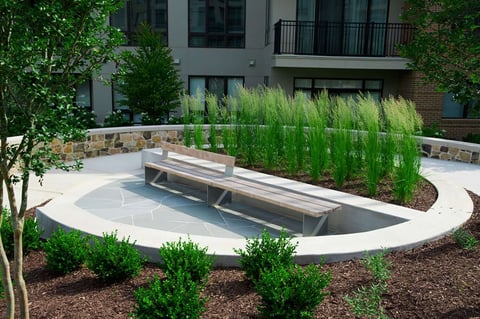

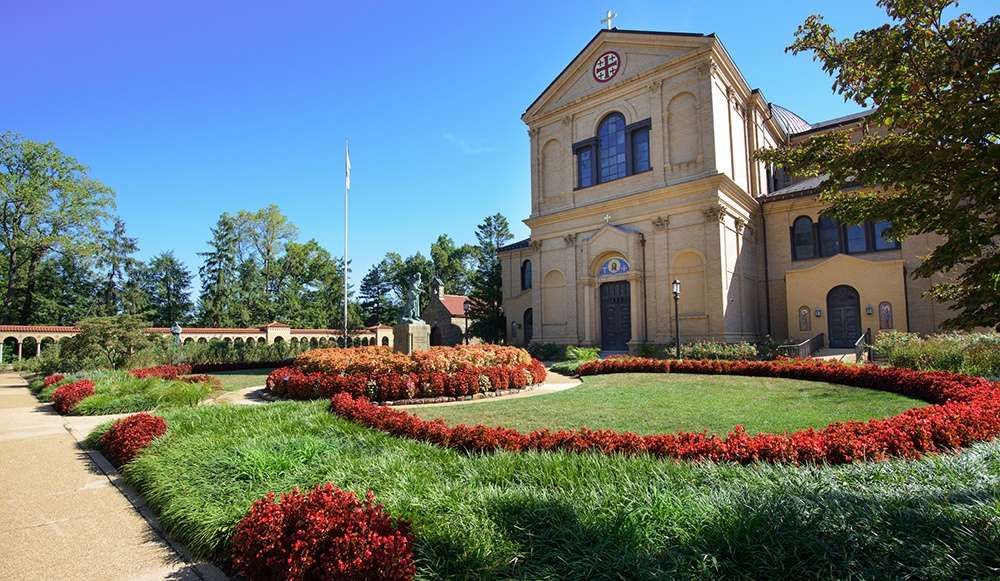
When a building has been around for decades, witnessing history and even hosting The Pope, the landscaping has to measure up to the majesty.
But what does that mean?
It depends on the property.
Here at Level Green Landscaping, we maintain several of the area’s most stately and historic sites, from the Franciscan Monastery to Washington DC’s court buildings to the United States Congress of Catholic Bishops.
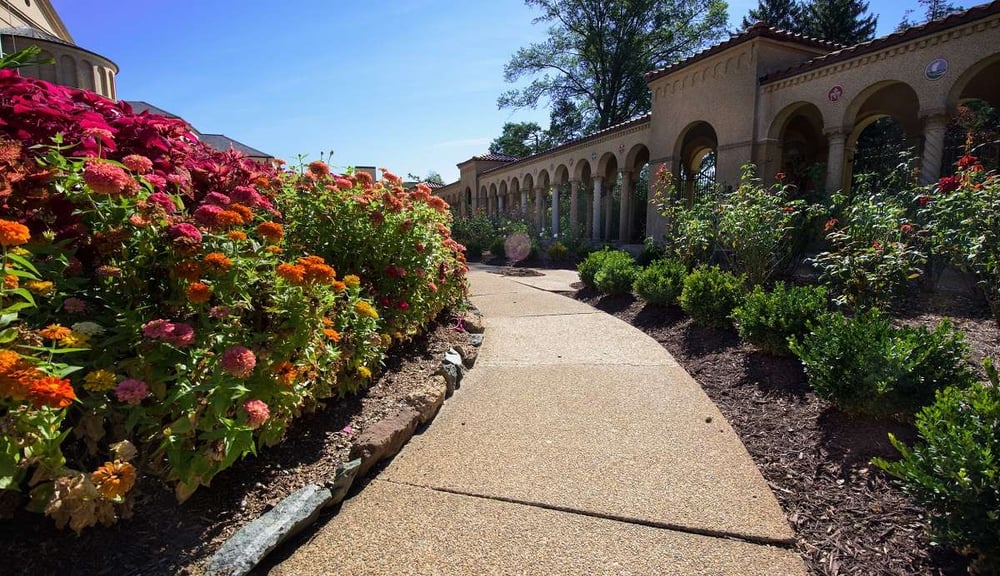
Shelley Russell, landscape designer at Level Green, shares the things she keeps in mind for historic landscaping in Washington DC.
“With historic properties, I like to go with bigger plant material — as big as the budget will allow,” Russell says. “This isn’t the place for scrawny, 3-gallon shrubs.”
Larger, more mature plants offer a more established look fitting for a property that has stood the test of time, she says. It makes the landscaping look like it’s always been there.
“Tiny plant material doesn’t give that sense of history,” she says. “A 10 or 12-foot tree looks like it belongs.”
Historic sites are often home to towering majestic trees.
These beauties don’t happen overnight. But they can be gone in a flash without proper care.
“The Franciscan Monastery has such nice existing trees — it’s really important to keep them healthy,” Russell says.
Stately oaks and maples need proper pruning and a nice layer of mulch to hold in precious moisture.
“You can’t even put your arms around them, the trunks are so big,” she says. “They have such a great sense of place and history.”
Historic buildings are often lit at night, and positioning trees and plants with an architectural quality casts great artistic shadows against the wall, Russell says.
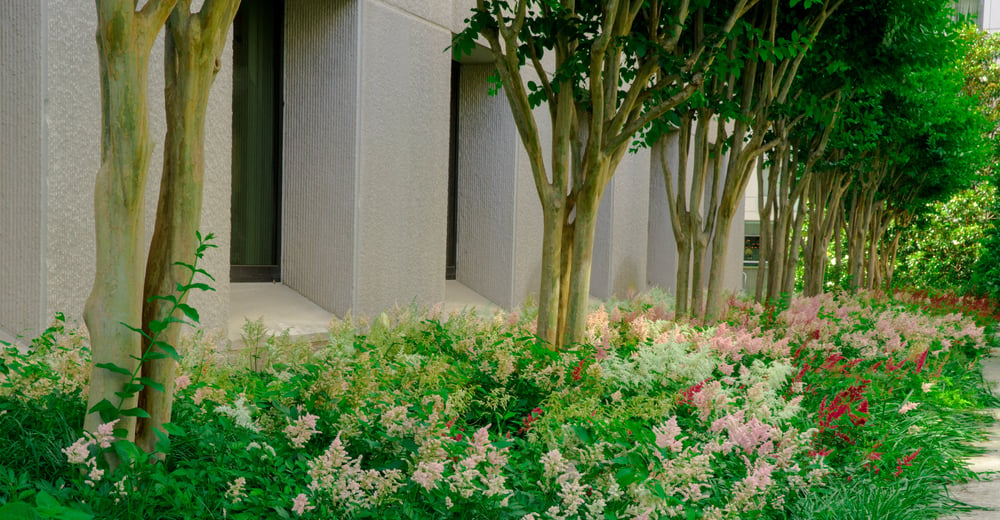
“A cool old Japanese maple with interesting twisted branches looks great against whitewashed buildings like the DC courts,” she says.
If a plant has been part of a property for generations, Russell respects that, she says.
But often newer varieties of an heirloom plant are hardier and better at resisting pests and diseases.
“Roses have been part of the Franciscan Monastery’s history,” she says. “We want to continue that history.”
She stayed true to the historic hybrid tea roses the monastery is famous for, but introduced new varieties more likely to thrive.
Newer types of lavender, too, are sturdier than varieties popular 100 years ago.
Landscaping for historic properties often means impressing lots of visitors. Russell keeps that in mind.
The Franciscan Monastery draws thousands of visitors, including busloads of tourists and school groups.
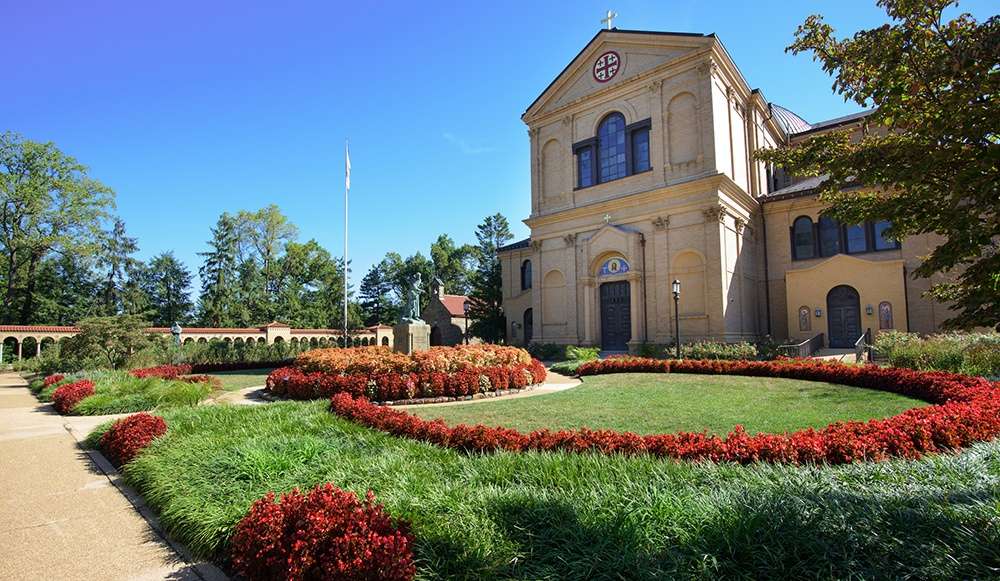
“We do huge rotations of colorful annuals there, in spring, summer and fall,” she says. “That makes a huge impact for visitors at the main entrance.”
This isn’t the place for ho-hum begonias, she says.
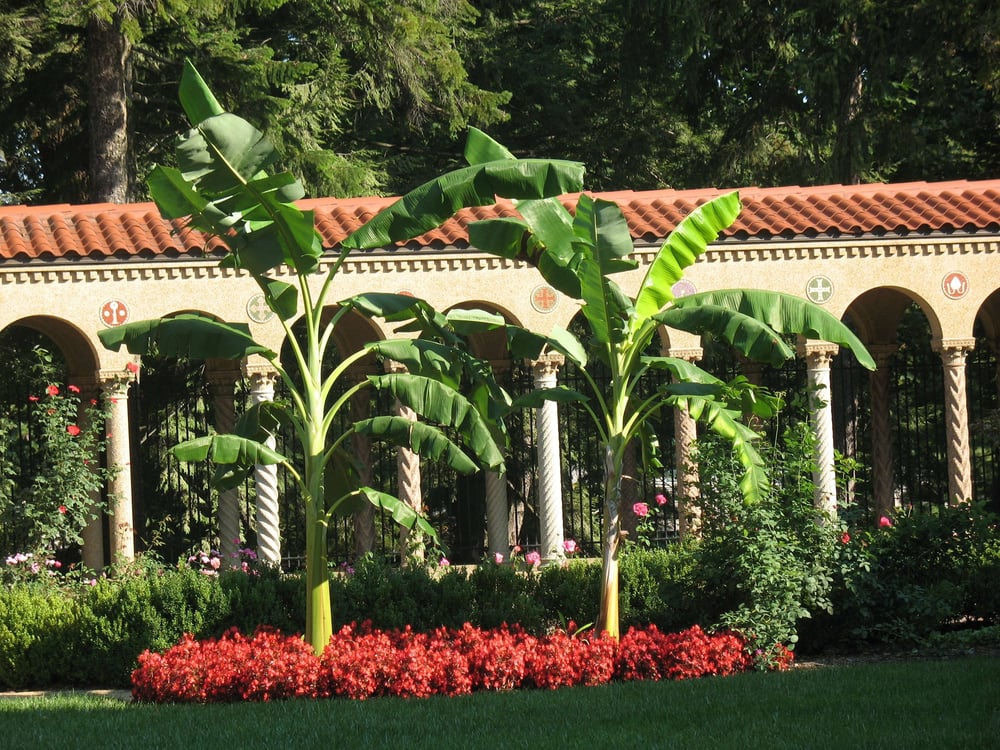
“We use tropical plants like banana and canna,” she says. “Really cool stuff that makes an impact.”
Historic sites are often popular places for weddings.
The building next to the Franciscan Monastery hosts many brides and grooms.
Russell spruced up a hillside there to make it more picture perfect, replacing overgrown ivy and fading azaleas with roses, boxwood, red twig dogwoods and spirea.
“Spirea flowers in the summer,” she says, “when a lot of people get married.”
When Russell first visited the United States Congress of Catholic Bishops property, she saw an entrance completely overgrown with ornamental grasses.
“It was like a field of wild grass, overgrown and invasive,” she says. “I knew they had to go.”
Perennials had gone wild, too, taking over.
“Sometimes plants are past their prime,” Russell says, “or they’ve grown all mixed together.
“Some plants are considered invasive now that didn’t used to be when they were first planted.
“Sometimes the old stuff has got to go.”
Her fix: lovely layered beds, with evergreens anchoring the back, flowering shrubs in middle and pretty perennials in front.
Russell used mature plant material, as it’s a tall building with a large statue out front.
It’s a look befitting a place that once hosted The Pope.
“I think about that, how cool that someone so famous visited here.”
While the Franciscan Monastery hired a rosarian to help their historic roses thrive, “they aren’t afraid to try new things, too,” Russell says.
She added a newer variety of redbud to the mix, a beauty called ‘Rising Sun.’
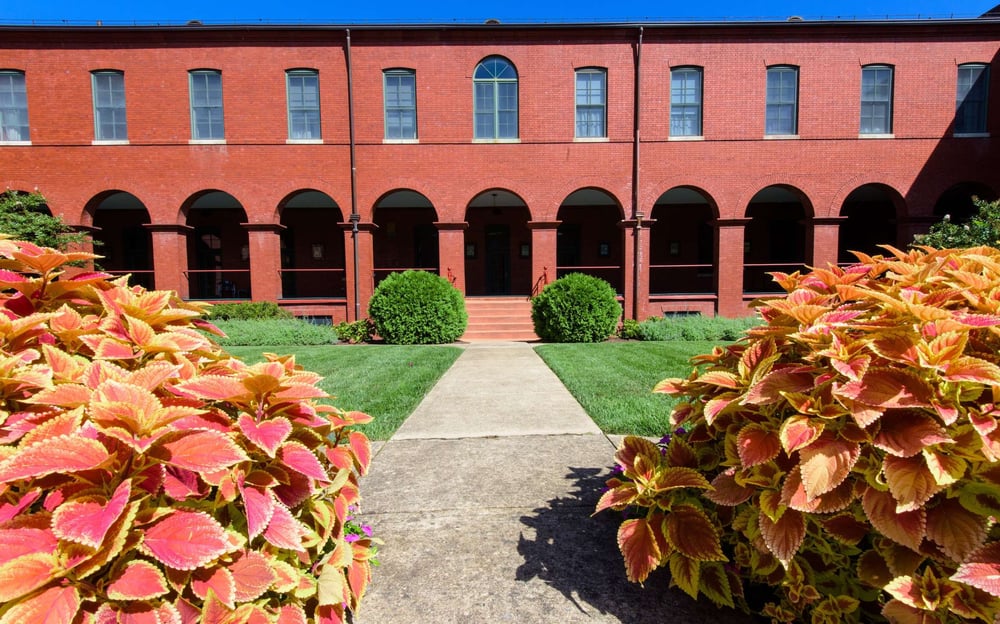
It offers classic redbud blooms in the spring, but its heart-shaped leaves are show stoppers, too, emerging in different colors, from rosy apricot to yellow to chartreuse green.
“It really stands out,” Russell says. “I wouldn’t go hyper modern with a bunch of crazy new perennials at a historic site, but it’s nice to try something new.”
We’re proud to design and maintain historic landscaping in Washington DC, tending to some of the area’s most treasured historic properties.
We value the history and beauty of these sites and use our knowledge and skills to improve them with thought and integrity.
If you’re not already a Level Green Landscaping client, we’d love to add you to our growing list of happy customers.
Our focus is on commercial properties like offices, mixed-use sites, HOAs, municipalities and institutions in Maryland, Washington DC and parts of Virginia.
Contact us at 202-544-0968.
You can also request a free consultation online to meet with us one-on-one.
We’d love to hear from you.


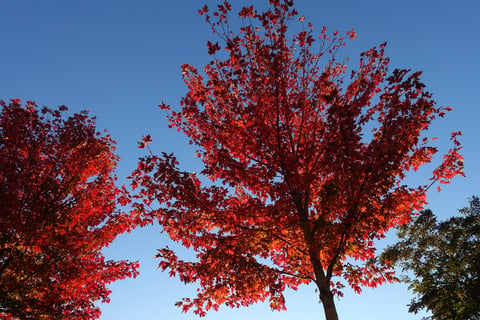




Doug Delano (and Bill Hardy) opened Level Green Landscaping LLC in 2002 to offer Washington DC, Maryland and Virginia reliable commercial landscape maintenance services.